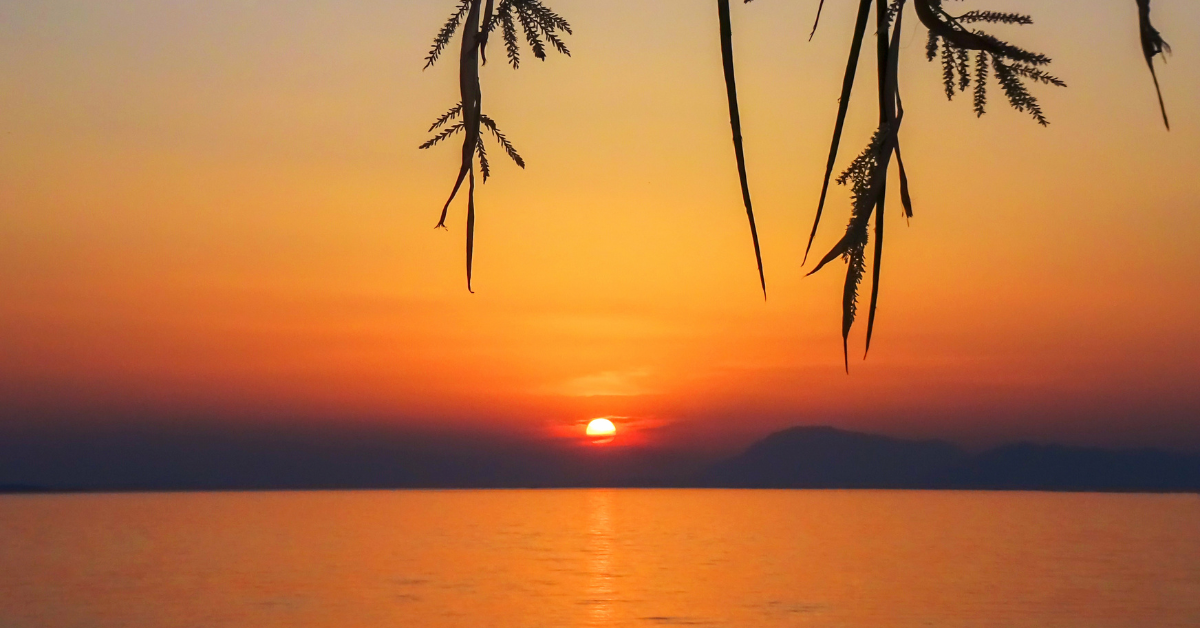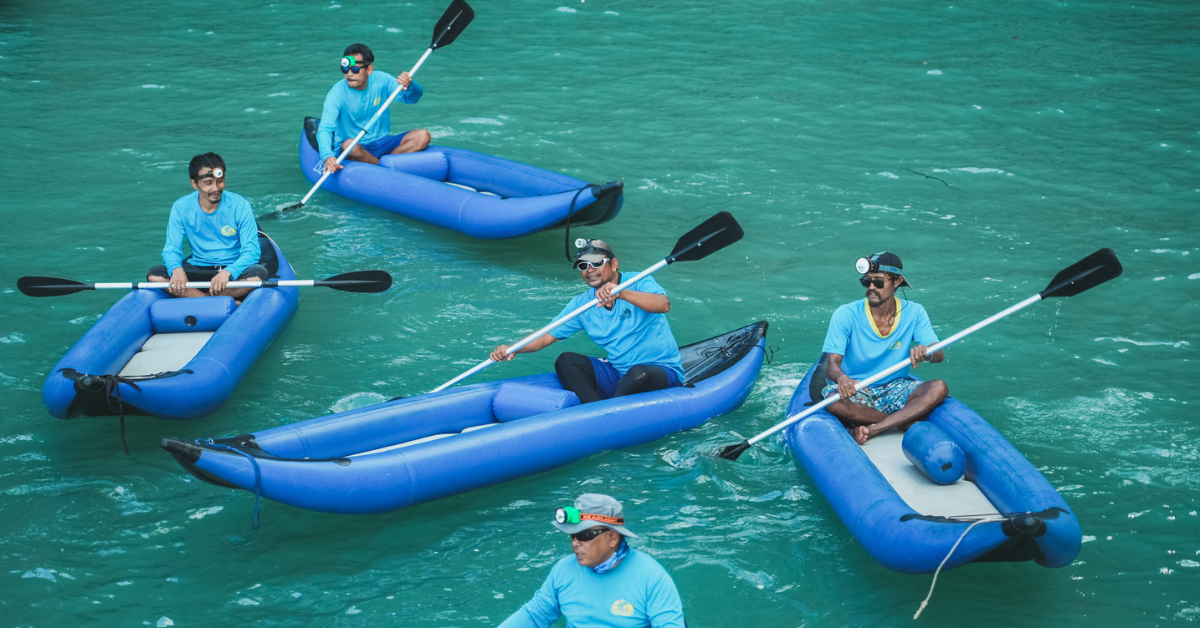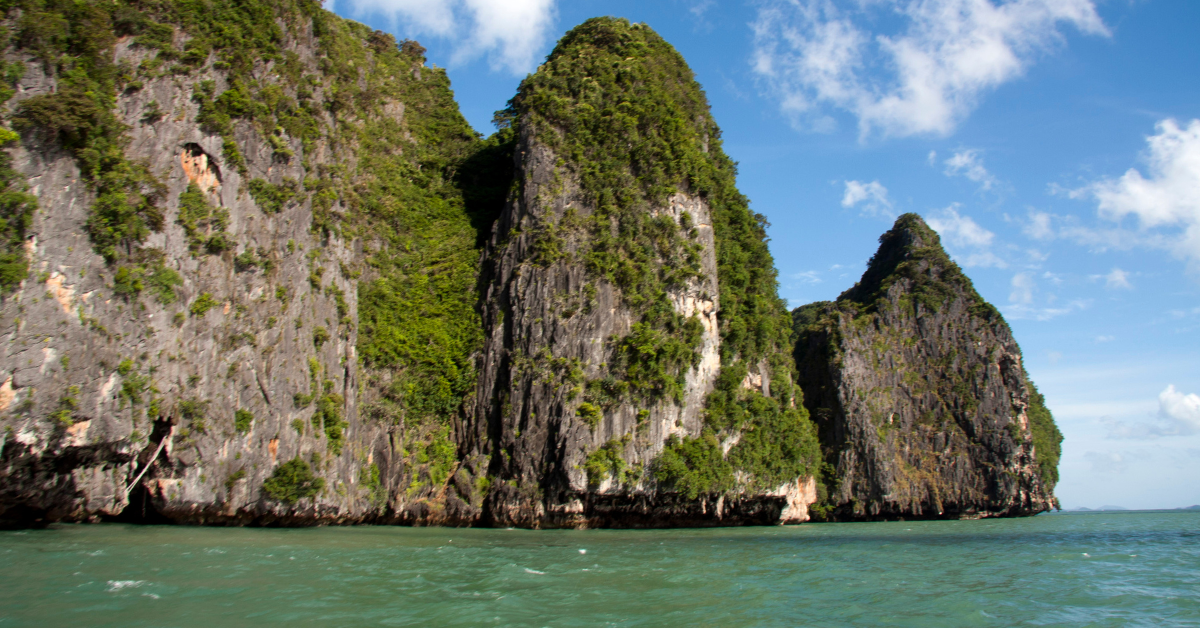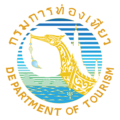A Day in the Life of an Andaman Sea Kayak Guide

The limestone karsts of Phang Nga Bay rise like ancient sentinels from the emerald Andaman waters. Tourists marvel at their majesty, capturing photos that will grace social media feeds for months to come. But for our kayak guides, these iconic formations are more than just a stunning backdrop—they’re office walls, daily companions, and a second home.
What does it take to be the person who leads adventurers through hidden caves and secret lagoons day after day? Let’s follow one of our veteran guides, Somchai, for a behind-the-scenes look at what makes the Andaman Sea Kayak experience possible.
5:30 AM: Before the Sun Rises
While most tourists are still dreaming in their hotel beds, our guides’ alarms disrupt the pre-dawn quiet. After years of experience, the early wake-up never gets easier, but the promise of another day on the water makes it worthwhile.
The first task of the day is checking weather applications and forecasts. However, experienced guides also look at the sky and feel the wind. The bay has its own patterns that sometimes only locals understand through years of observation.
Today’s sunrise reveals patchy clouds—perfect conditions for kayaking, offering breaks from the tropical sun without threatening rain.
6:30 AM: Equipment Check
Arriving at our base in Ao Nang, guides join together for the morning briefing. Today’s schedule includes the popular “Hong by Starlight” tour, taking guests through sea caves that open into hidden lagoons—a journey that requires precise timing with the tides.
Safety always comes first in our operations. Each kayak undergoes thorough examination for any cracks, proper functioning of rudders, and availability of appropriately sized life vests for all participants.
Every paddle is inspected for splinters or cracks—small details that could make the difference between a smooth journey and a frustrated guest. Fresh drinking water is loaded, along with waterproof bags for cameras and phones, first aid kits, and biodegradable sunscreen for guests who forget their own.
7:30 AM: Greeting the Guests
As sleepy tourists arrive at the meeting point, they’re welcomed with a warm “Sawadee khrap” and a smile that erases any early morning grumpiness. Years of experience have taught our guides how to quickly assess each group—who needs extra encouragement, who might be overconfident, and who will likely need help with paddling techniques.
Some guests arrive nervous about tipping over or worried about their fitness level. A significant part of a guide’s job involves building confidence, not just directing the journey.
During the van ride to the launching point, guides begin weaving information about the area’s geology, wildlife, and cultural history into casual conversation. It’s educational without feeling like a lecture—a skill perfected over thousands of tours.
8:30 AM: On the Water
At the launching point, proper paddling technique and safety procedures are demonstrated before each guest is helped into their kayak. For many visitors, this will be their first time in a sea kayak, and these initial moments set the tone for the entire experience.
Guides often paddle backward at first, facing the group. This technique allows observation of anyone struggling with paddling technique so corrections can be offered early.
As the morning progresses, the group navigates between towering karsts toward the first sea cave. Timing is crucial—too early and the cave entrance would be too low to enter; too late and they’d miss the magical light filtering through cracks in the limestone ceiling.
10:30 AM: Crisis Management
Not every day goes according to plan. Today, one kayak strays too close to a sharp rock formation, resulting in a small scrape along the hull. While not dangerous, it requires immediate attention.
Preparation for such small issues is standard procedure. A compact repair kit from the waterproof bag allows for swift application of a temporary seal. This is why backup kayaks are always brought along. The tour continues without delays, and the guests in the damaged kayak switch to the spare with minimal disruption.
This kind of calm problem-solving is what separates experienced guides from novices. Years on the water teach the ability to handle everything from sudden squalls to seasick guests with the same unflappable demeanor.
12:30 PM: Lunch Break at a Hidden Beach
By midday, the group reaches a secluded beach accessible only by kayak. Here, other staff members have prepared a traditional Thai lunch. While guests rest in the shade of casuarina trees, guides and staff set up the buffet of fresh fruits, pad thai, massaman curry, and grilled fish.
Lunchtime often becomes a moment of deeper connection with guests. Sharing food brings people together, and travelers begin asking more personal questions about life in Thailand. These conversations are frequently the most rewarding part of the job for many guides.
During the break, guides point out white-bellied sea eagles circling overhead and explain how the changing tides have shaped the beach over centuries. What might seem like casual banter is actually carefully curated information that deepens the guests’ appreciation for this fragile ecosystem.
2:00 PM: Afternoon Paddling
After lunch, the rhythm of paddling resumes, but a subtle change in the group dynamic becomes apparent. The initial nervousness has disappeared, replaced by growing confidence and deeper curiosity.
The afternoon is when exploration of more challenging caves can begin. The morning builds skill level, and the afternoon is when the real adventure happens.
Leading the group into a narrow passage called “Diamond Cave,” guides instruct everyone to turn on their headlamps. The limestone walls glitter with mineral deposits, creating a natural light show that elicits gasps of wonder.
Even for guides who have entered these caves hundreds of times, each visit reveals something new. The sea and caves are always changing with the seasons, the light, and the tides—keeping the job fresh and exciting even after years of experience.
4:00 PM: Wildlife Encounters
As the afternoon progresses, a family of crab-eating macaques might be spotted along the shoreline of a small island. Guides signal the group to pause their paddling and quietly point out how the monkeys forage among the rocks at low tide.
Wildlife moments can’t be scheduled, but knowing where and when different animals are active is part of being a good guide. Sometimes tours see hornbills, monitor lizards, or even dolphins on particularly fortunate days.
These unplanned encounters often become the highlight of guests’ experiences—something no video or photograph can fully capture. Professional guides maintain a respectful distance, teaching by example how to observe without disturbing the natural behavior of the animals.
5:30 PM: The Return Journey
As the sun begins its descent, the group heads back toward the main boat. Tired arms and sunbaked faces don’t dampen the mood; instead, there’s a satisfied quietness as everyone reflects on the day’s adventures.
The return journey often reveals a transformation in the guests. People who arrived as tourists leave as explorers. Something changes when experiencing these waters up close from a kayak instead of just viewing them from a big boat.
Back on the main vessel, guides help each guest out of their kayak, storing the equipment efficiently. Cold drinks and fresh fruit await the paddlers—small comforts that are especially welcome after a day of physical exertion.
6:30 PM: Sunset and Reflection
On special “Hong by Starlight” tours, the day isn’t over yet. As the sun sets, transforming the sky into a canvas of orange and pink, guests participate in creating their own krathong—small floating offerings made of banana leaves, flowers, and candles.
This traditional practice connects participants to the spirit of the waters. All krathongs are completely natural and biodegradable, showing respect for the environment while participating in Thai culture.
As darkness falls and the tiny lights of the krathongs drift on the gentle currents, guides share legends of the sea that have been passed down through generations of local fishermen and coastal dwellers.

8:00 PM: Return to Shore
When the boats finally return to the pier, guides oversee the unloading of equipment and ensure each guest has all their belongings. Despite the long day, their energy remains high as they answer final questions and accept grateful thanks from the group.
Many visitors do indeed return years later, sometimes specifically requesting the same guide who led their previous adventure.
9:00 PM: Preparation for Tomorrow
Back at the office, the team holds a brief meeting to discuss the day’s tours and prepare for tomorrow. Notes are compared about tide conditions, wildlife sightings, and any issues with equipment that need addressing.
Continuous learning and adjusting are part of the process. Perhaps today a new crack was noticed forming in a cave ceiling, or a particular beach had more plastic waste washing in. This information gets shared with all guides so routes can be adapted or beach cleanups organized.
Before heading home, tomorrow’s booking list is reviewed, with special attention to names and any special requirements—dietary restrictions, physical limitations, or celebration occasions like honeymoons or birthdays that might deserve extra attention.
10:30 PM: Home at Last
Arriving home to their families in small villages near Ao Nang, guides finally relax. Many have families waiting with dinner—simple meals of local fish, morning glory vegetable stir-fry, and rice.
Children often want to hear about interesting wildlife sightings of the day. Some of the guides’ children already talk about becoming guides themselves someday, though they’re encouraged to finish school first.
Despite the physical demands and long hours, the passion for the work remains evident among our team. When someone loves what they do, it provides energy for the next day’s adventures. Tomorrow starts again—same places perhaps, but always a new experience with new people.
Becoming a Guide: The Journey
What does it take to follow this career path? The journey to becoming an Andaman Sea kayak guide is demanding but rewarding:
- Training: All our guides complete extensive training in sea kayaking techniques, navigation, tide reading, first aid, and rescue procedures.
- Knowledge Building: Guides study local ecology, geology, history, and culture to provide rich, informative experiences.
- Apprenticeship: New guides shadow experienced leaders before taking groups out independently.
- Language Skills: Most guides speak at least basic English, with many fluent in multiple languages including Chinese, Russian, or German.
- Environmental Commitment: Understanding and practicing responsible tourism is essential for anyone joining our team.
The best guides are those who never stop being amazed by these waters. When maintaining a personal sense of wonder, it can be truly shared with others.
Meet Our Guides: During your Andaman Sea Kayak adventure, you’ll be in the capable hands of experienced guides like the one profiled here. Each brings their own personality and specialties to the experience, but all share a deep love for the Andaman Sea and a commitment to sharing its wonders safely and respectfully.
Have you paddled with one of our guides? Share your experience in the comments below or tag us in your photos with #AndamanSeaKayak #KayakGuides!














